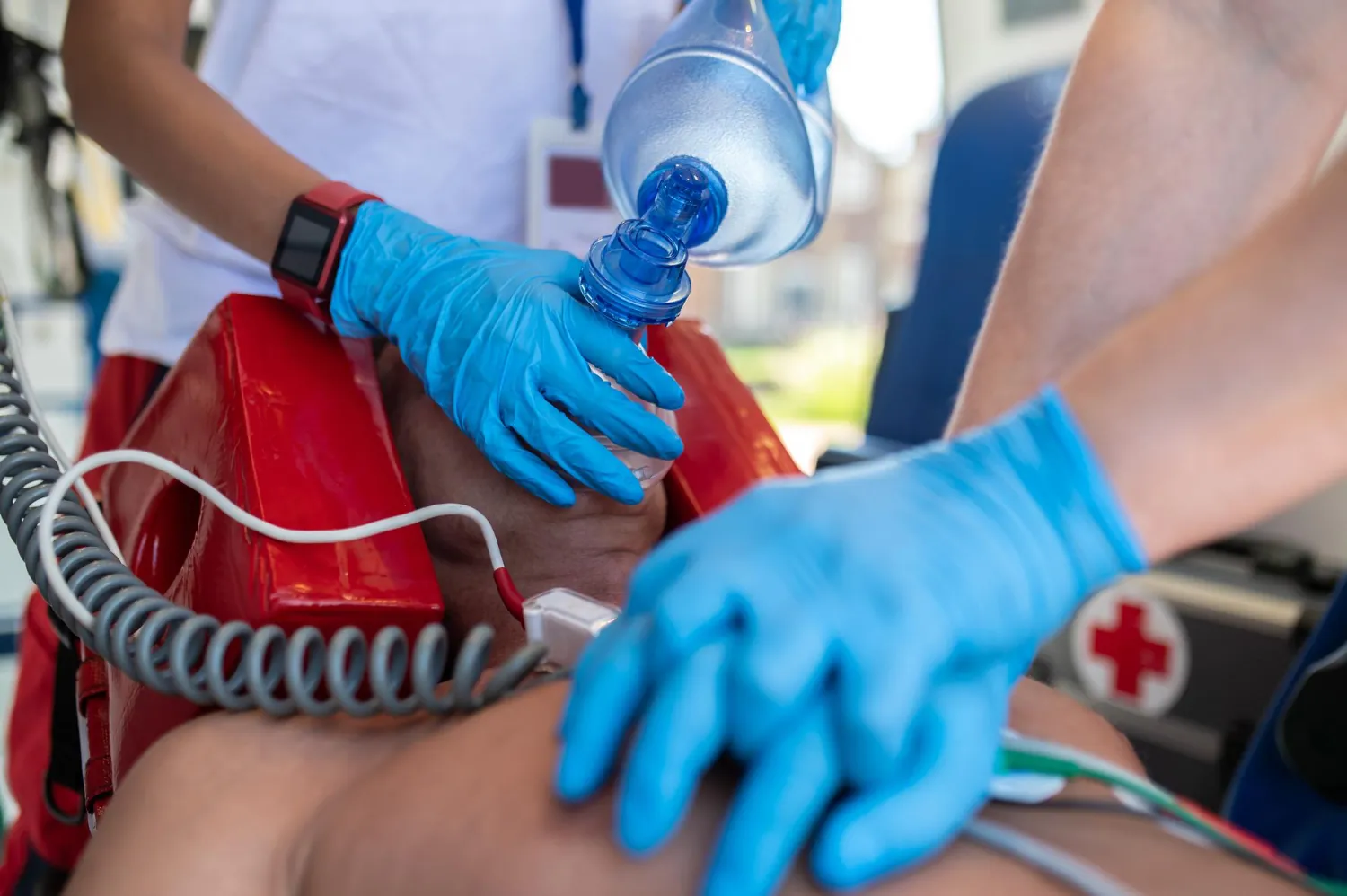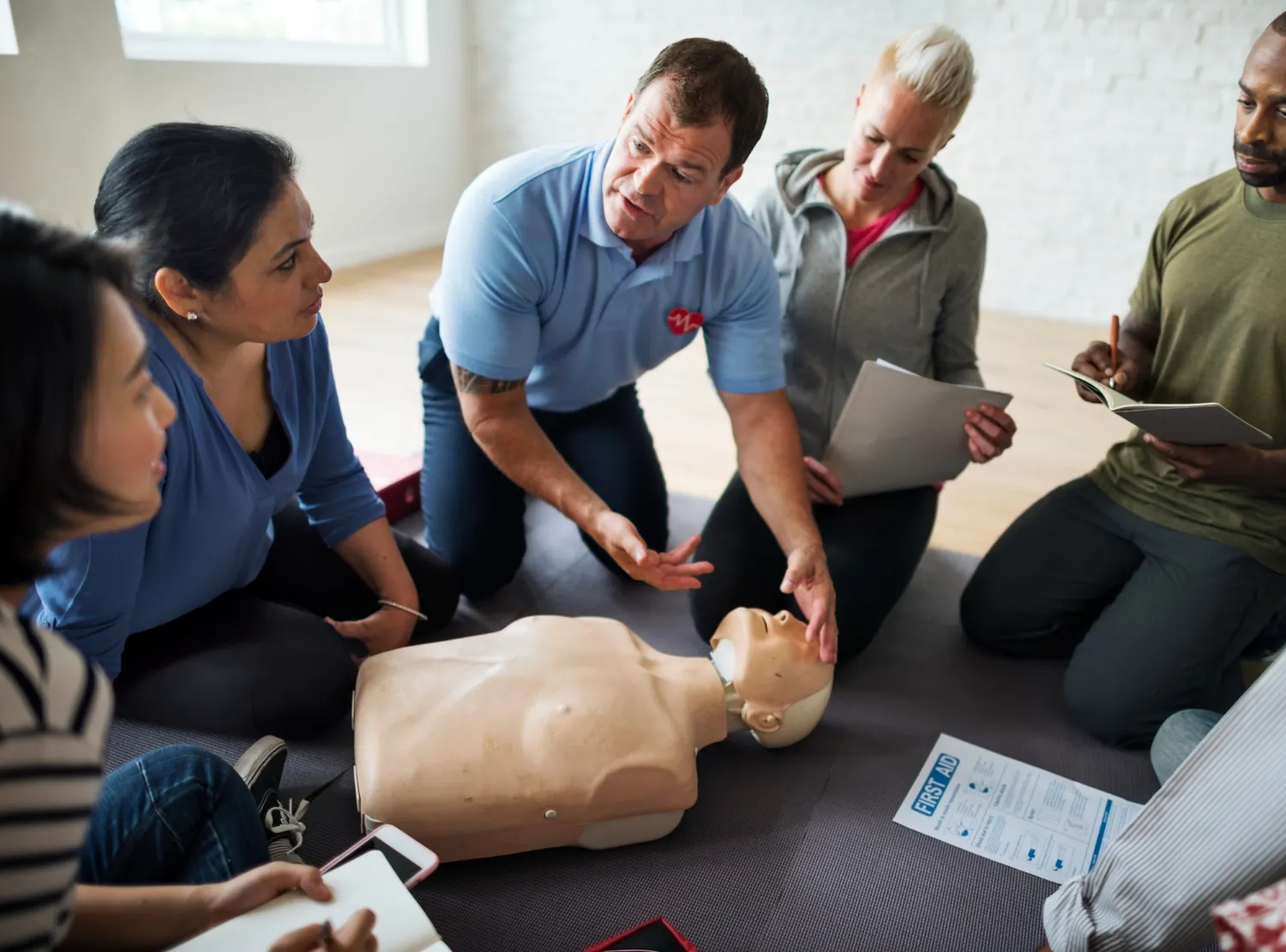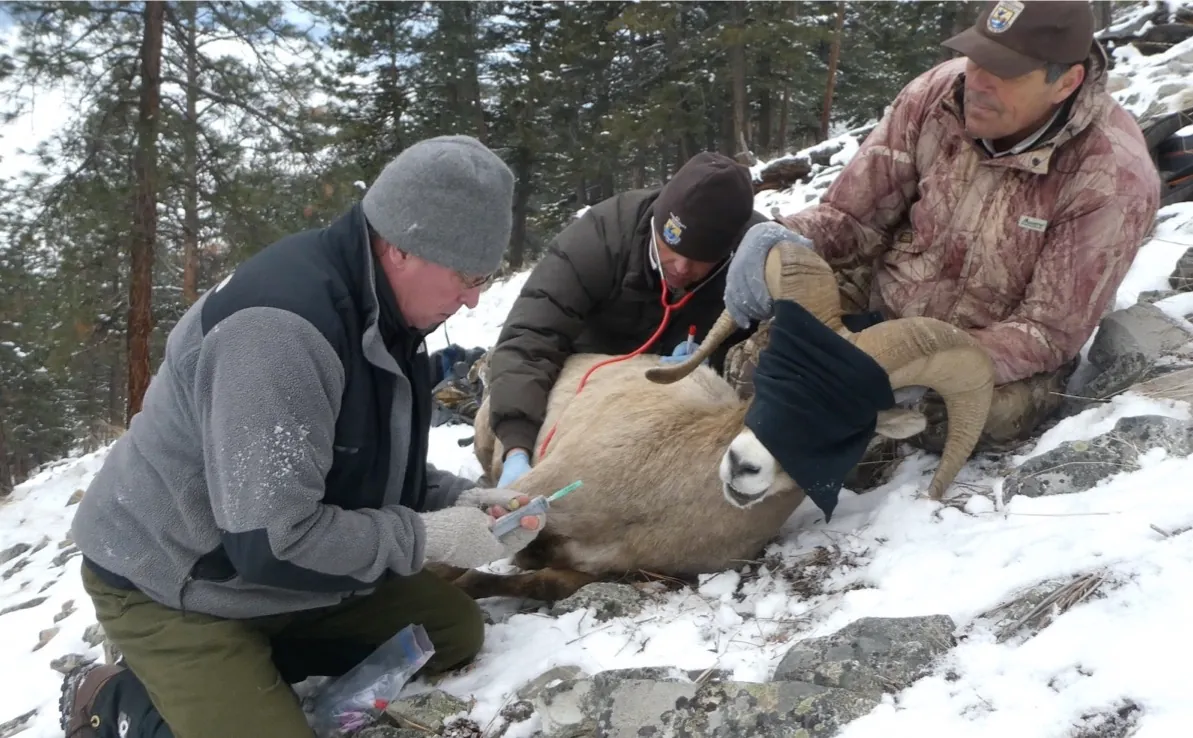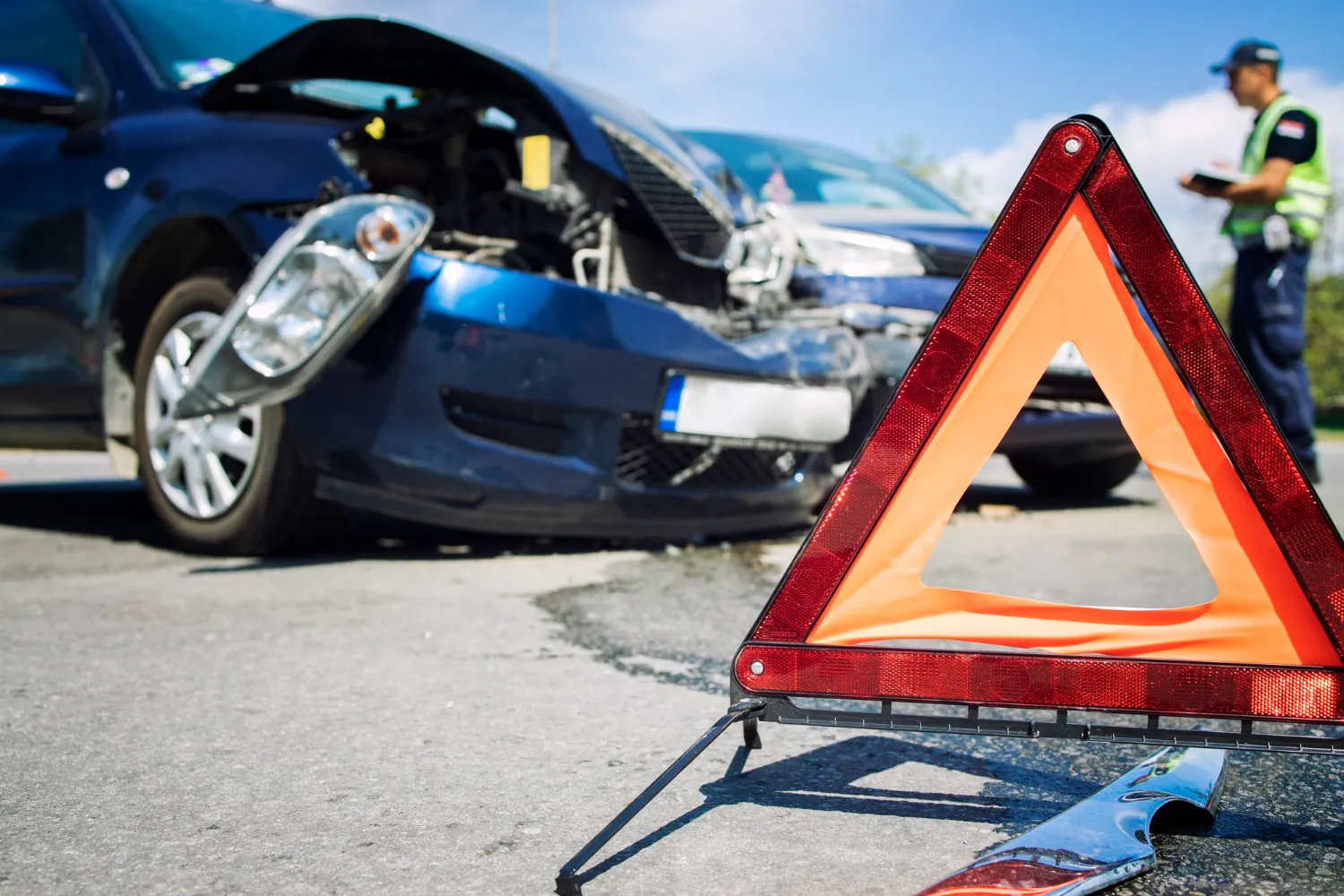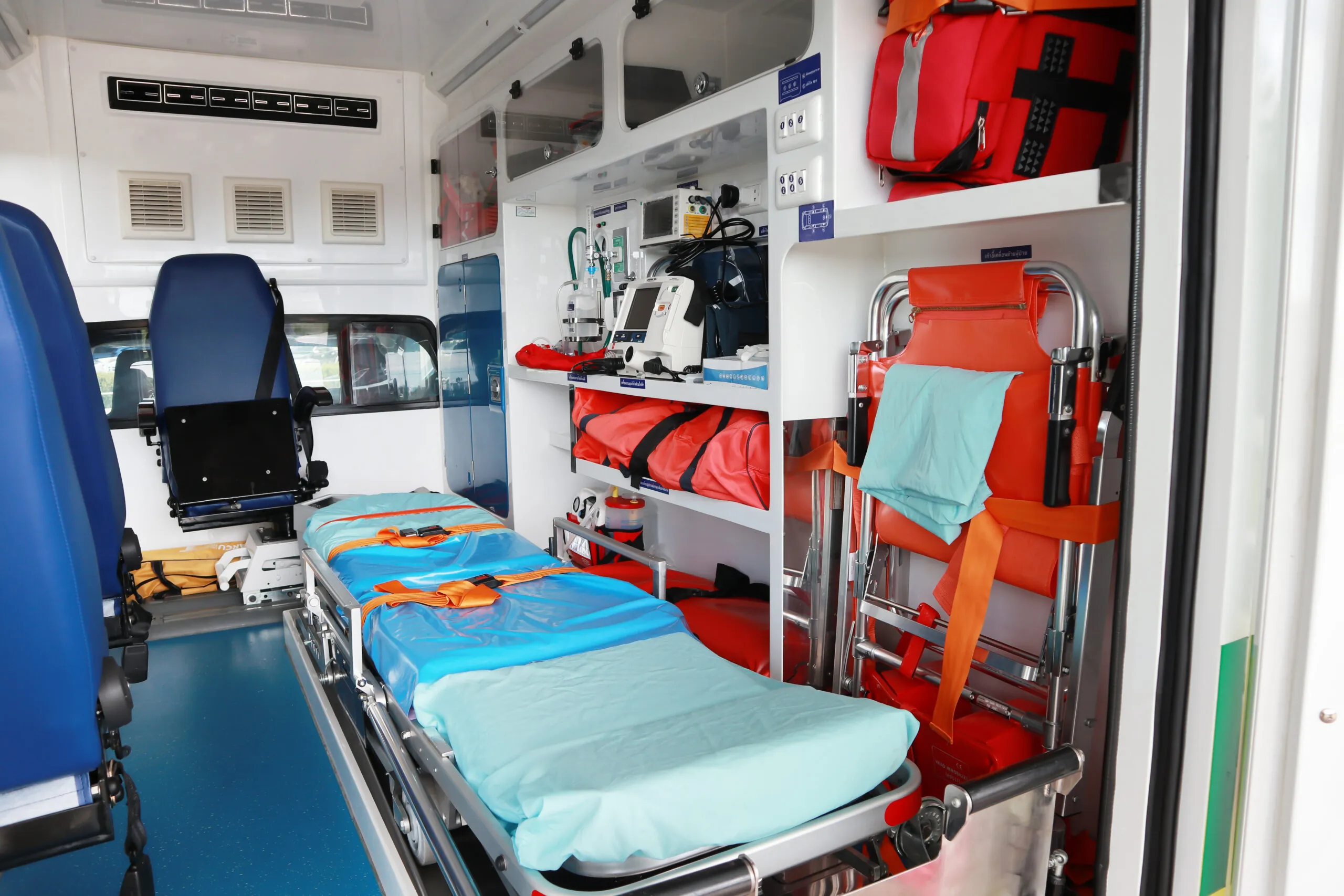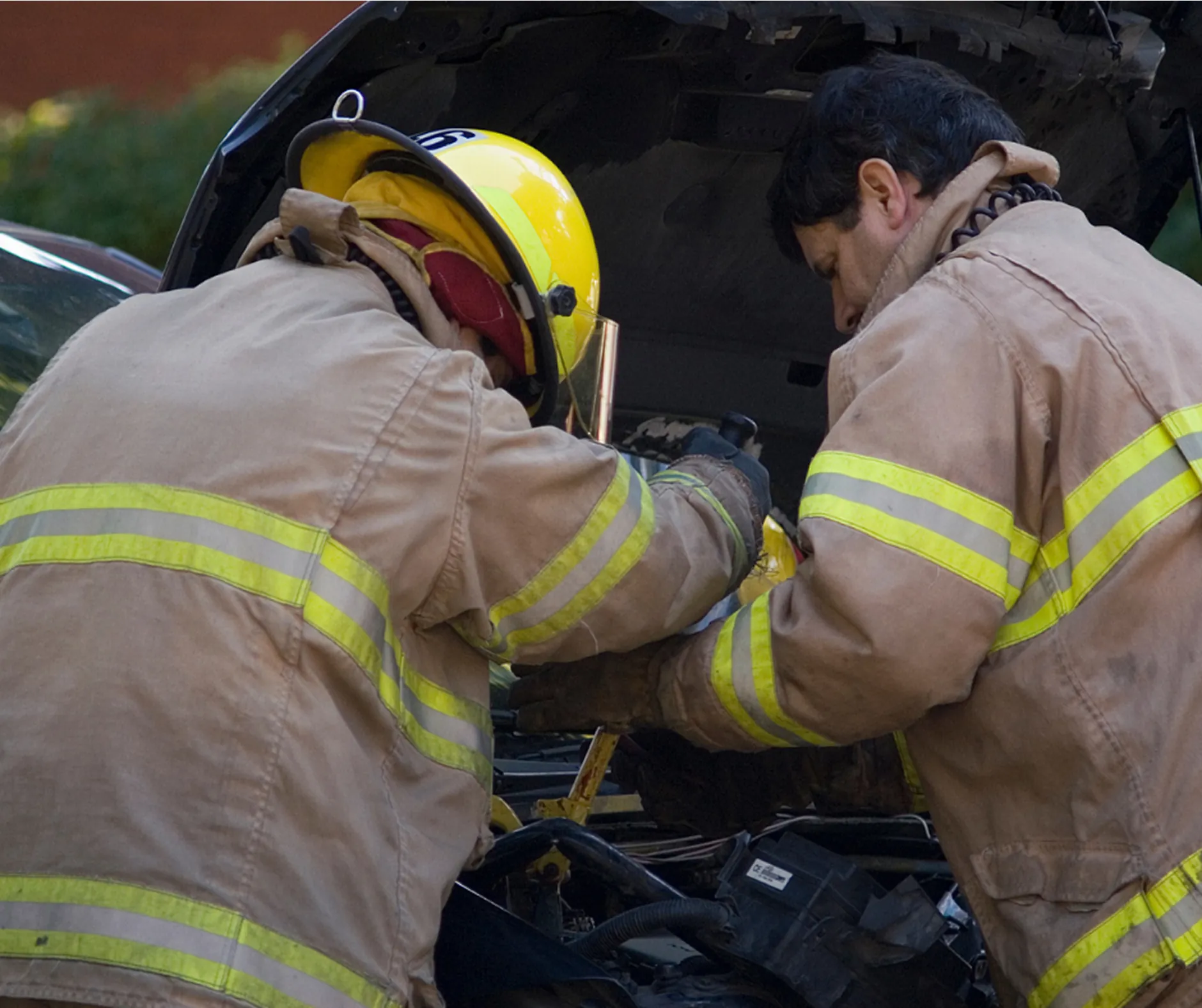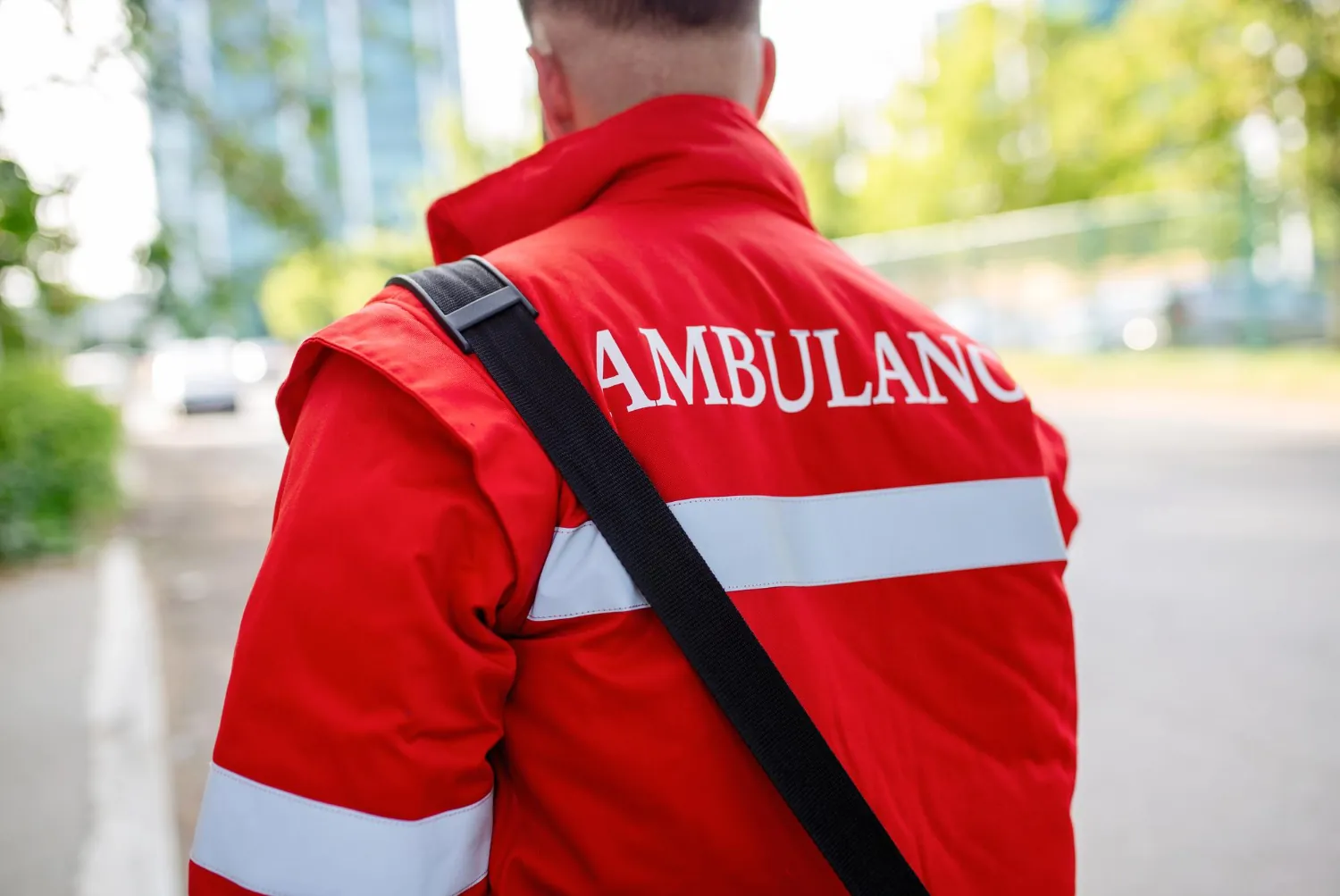Effective Emergency Incident Reporting and EMS Narratives

Behind every emergency situation is a story—often, capturing those details is essential for patients throughout their treatment journey. While we may think of a PCR (Patient Care Report) as yet another piece of paperwork to fill out, it's important to recognize that it's a vital component of the story, even if the patient can't relay it themselves.
As an EMS responder, what you write becomes the official version of events. It’s not just about accuracy or regulatory compliance; it's about protecting yourself, your team, and your patients. These narratives inform care providers, shape department training, and can even determine an agency's funding qualifications.
Here’s what you need to know about effective emergency incident reporting.
What is Emergency Incident Reporting?
The term "emergency incident reporting" or "emergency reporting" can be a bit vague. It encompasses both fire and EMS documentation. It's the details of what happened during the emergency response in a clear, logical order.
In EMS, we typically use the PCR or “Patient Care Report.” As a standard, a PCR will include fields for:
- Basic patient information (name, age, gender)
- Primary complaint and symptoms
- Patient vitals and EMS findings
- Interventions, corrective actions, and treatments performed
- Patient response to treatment
- Timeline of events and incident data, including location
- The EMS narrative (a factual report of what happened)
The fields on most reports align and integrate with systems that comply with the NEMSIS (National EMS Information System) or NFIRS (National Fire Incident Reporting System). This allows the data to be standardized, shared, and understood throughout the country.
Why does all this data matter so much? First of all, it's a legal and clinical record. It's a way for each medical care provider to follow the patient's backstory, set context, and quickly identify (or rule out) treatment strategies. Documentation helps emergency responders get all the details they need when providing an immediate response to a serious injury or health crisis.
Secondly, EMS agencies must meet federal reporting standards to stay compliant with regulations and receive critical grant funding. The USFA (United States Fire Administration) is a division of FEMA (Federal Emergency Management Agency). This area of the Department of Homeland Security supports fire and emergency services throughout the country.
Through systems like NFIRS, the USFA collects national fire and emergency data. That data is used to provide training and education to fire and EMS professionals. It’s used in the development of fire prevention and public safety initiatives, and it’s also used to support policy development and research.
The USFA says that your unit must follow regulatory requirements and incident reporting guidelines if you want to be eligible for federal grants. Every reporting system has the same basic fields and information that feed back to the USFA.
In the world of EMS, it’s important to note that fire reports aren’t part of HIPAA . So, the EMS patient narrative becomes the key clinical document for the patient throughout their experience. The EMS narrative will go to nurses, medical personnel, and insurance (for billing), and in some cases, it may even be reviewed in an accident investigation and legal proceedings.
Anatomy of a Good EMS Narrative
An EMS narrative is essential. It's also one of the most open-ended components of the PCR. EMS providers clearly explain what happened, what they observed, how they intervened, and how the patient responded—this means there's some room for variation (for better or worse).
The goal of an EMS narrative is clarity, not creativity. Think of it as a "just the facts, ma'am" approach. It is written in the third person, factual, and even robotic.
EMS personnel are taught to write narratives at a sixth or seventh-grade reading level. This straightforward approach ensures that the narrative is at the appropriate average reading level of juries (and even healthcare professionals). It eliminates confusion and provides a complete picture.
Many agencies have their own incident report form or EMS narrative template with slight variations that may fit the needs of their department. However, most EMS narratives follow a general pattern and flow.
For example, Here's a basic structure that aligns with standard EMS patient care report samples:
- >Dispatch & Scene Entry: “Dispatched to 123 Road St for reported chest pain. Arrived to find 65-year-old male alert, responsive, and seated.”
- Chief Complaint & History: “Patient reports sudden onset of chest pain radiating to left arm. Pain began 20 mins before call while watching TV.”
- Assessment: “BP 149/96, HR 105, RR 20, SpO2 96%. Skin pale, cool, diaphoretic. AOx3.”
- Intervention: “Administered 324mg ASA PO, placed on 4L O2 via NC. Initiated cardiac monitor: sinus tachycardia.”
- Response to Treatment: “Patient reported pain decrease from 8/10 to 5/10. Vitals are stable for transport.”
- Transport: “Transported to General Hospital without incident. Turned patient over to RN with verbal report.
As you can see, this format offers consistency, protects providers, and facilitates the continuation of care.
Consistency in EMS Narrative Quality
One of the biggest challenges in emergency reporting is ensuring consistency. It's not just about filling in the required fields but rather the quality of the EMS narrative accompanying the report. Less-than-ideal accident reports and EMS narratives can present potential risks, lead to near misses, and even severe consequences. The incident report must be clear and universally understood.
EMS narratives are supposed to be standardized across the board, but there’s a wide range of variations depending on factors like competency, department leadership, and training. Unfortunately, not every department gets detailed training in report writing.
These variations can lead to confusion at hospitals, issues during compliance audits, and even liability in court cases. Protect yourself and your team by avoiding the following common mistakes in EMS narratives:
- Using subjective language (“patient looked fine”)
- Making assumptions (“Patient was probably intoxicated”)
- Vague phrasing (“Patient seemed better after treatment”)
- Humor or editorializing (“Probably a panic attack”)
- Complex sentences with too much detail
- Skipping clinical details and response to treatment
- Including non-standard abbreviations or slang termsHumor or editorializing (“Probably a panic attack”)
- Lacking sequence or time frames
Veteran EMS providers have likely seen it all in narratives—some too casual, vague, or speculative. It's essential to always report with professionalism and clarity. At the core, the goal is to describe what you saw, what you did, and how the patient responded. There's no need to editorialize; simply let the facts speak for themselves.
In most fire departments, the incident reports are due by the end of the day. But, in EMS, narratives and reports are typically expected immediately as part of emergency communication. They accompany patients and get handed off to receiving hospital staff. You can take a little more time with fire reports because they don't include private health info, but PCRs are clinical. They must be done fast and done right.
Paperwork and the Bigger Picture
Let's be honest here. Many EMS professionals view documentation and paperwork as a tedious obligation, but documentation is foundational from a continuity of care perspective.
If it's not documented, it didn't happen. That's not just a saying, but rather, it's how courts, hospitals, and regulatory agencies see it.
Your PCR and EMS narrative are part of the patient's medical record. It allows you to hand them off to the ER team safely. It protects you and your colleagues legally. It helps qualify your department for funding opportunities and supports quality assurance. It's not just clerical, it's clinical.
Throughout the industry, the incident reporting process is part of your protection—it’s a way to capture what’s going on with your team and how leadership can identify opportunities to improve systems and ongoing training.
Whether you’re looking to streamline your PCR and EMS narrative process or other parts of your EMS workflow, having the right tools is important. LogRx can help. We take the burden of controlled substance tracking on paper off your team.
Like other components of EMS reporting, controlled substance tracking is essential for compliance, preparation, and organization. It’s also an important legal step to protect your department from diversion and loss.
LogRx is a medication tracking tool developed by EMS professionals for EMS professionals. It works from your handheld mobile devices without requiring extra equipment and hardware. From the administrative portal, leadership can print reports, track inventory, and see where medications were dispensed in real-time.
In emergency response, documentation is everything. When it comes to controlled substances, let us handle the tracking so you can focus on patient care. Reach out for more information on how LogRx can help make your team more efficient.
Categories
Recent Posts
- LogRx and Knox: How LogRx Integrates with EMS Medication Lockboxes
- Connecting Community and EMS: 7 EMS Community Outreach Ideas
- Projecting Professionalism: Why EMS Uniforms Matter
- EMT Off-Duty Response: What You Should Carry Everywhere
- Basic EMT Trauma Assessment Scenarios: Gearing Up for Certification
